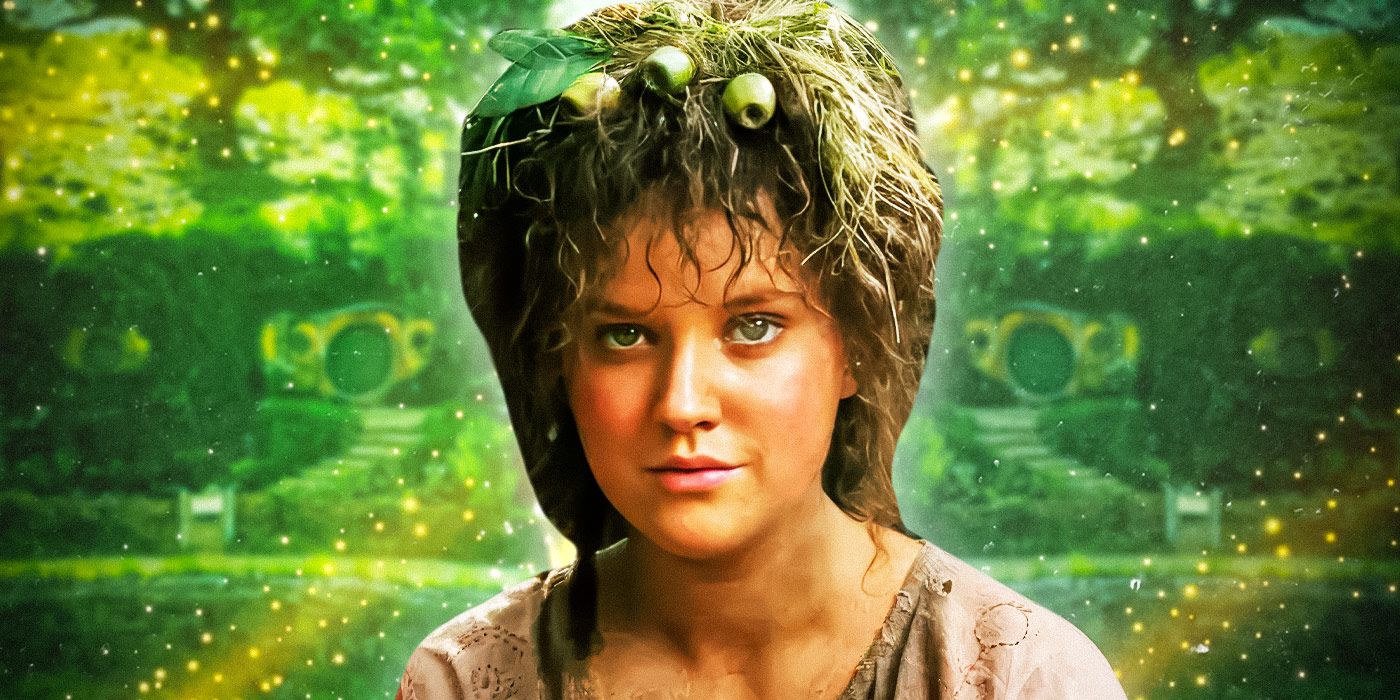
Tolkien reveals in his books that the Hobbits settled in the Shire in the year 1601, marking a major development for the Third Age. Prior to this, the Hobbits traveled west over the Misty Mountains, then resided elsewhere before moving to the Shire. Tolkien doesn’t dig too deeply into the details surrounding this decision, nor does he provide much depth when it comes to the Hobbits’ ancestors. The Rings of Power is poised to fill in the blanks, 87 years after The Hobbit, an exciting prospect for anyone interested in Hobbit history.
Tolkien Never Fully Explained Why Hobbits Came Together To Form The Shire
The Rings Of Power Is Digging Deeper Into Their History
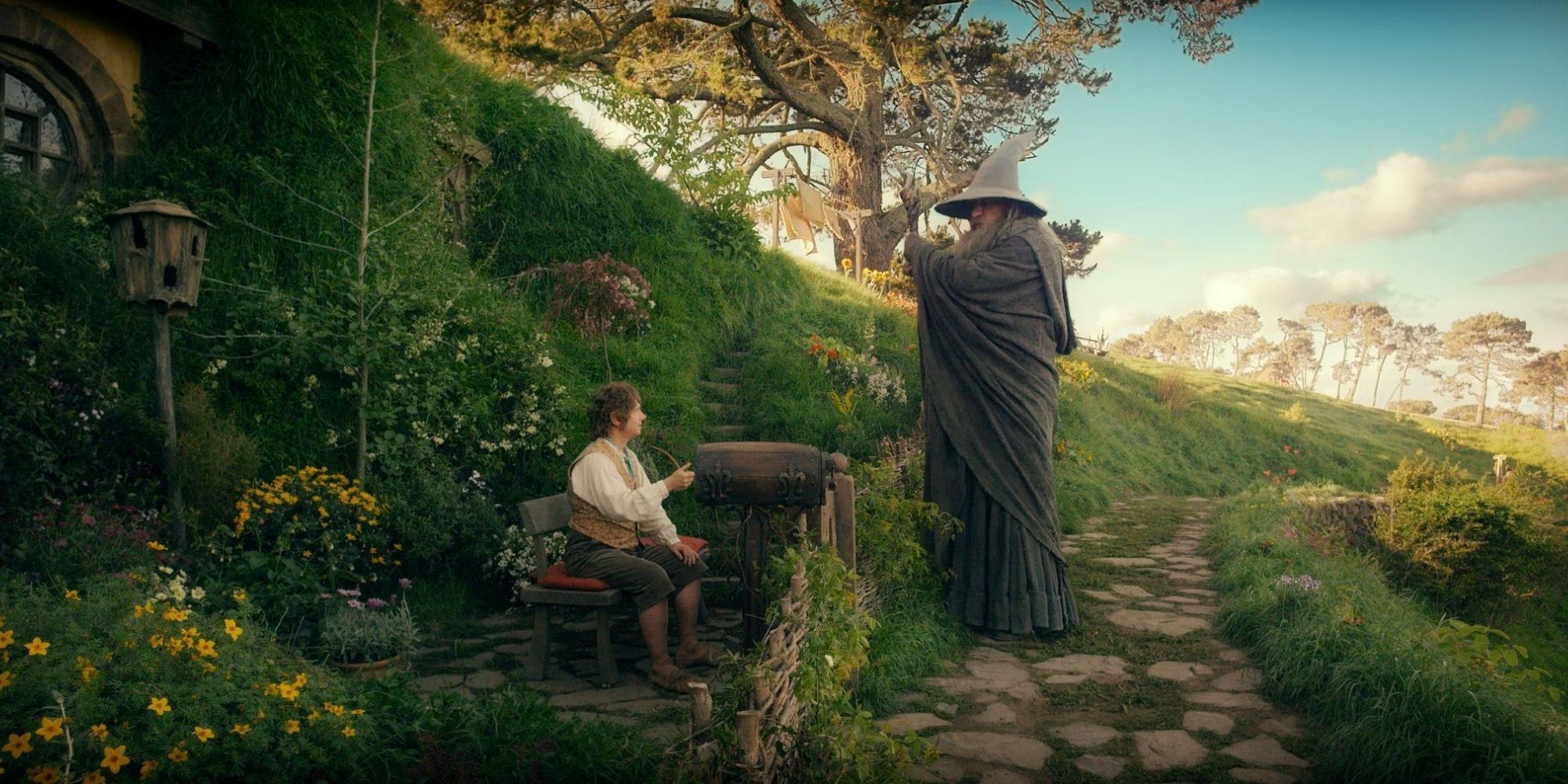
Although Tolkien offers a brief backstory for the Shire, the author never fully explains why the Hobbits came together to live in this location. He shares where they migrated from, but readers have mostly been left to speculate about their reasons. Fortunately, The Rings of Power has an answer to this decades-old question. The series’ introduction of the Harfoots may have been controversial, but it appears to be building to the formation of the Shire in the Third Age. The Stoors’ introduction in The Rings of Power season 2 further teases this end.
When Nori and Poppy find themselves among the Stoors — a group that initially wants nothing to do with the outsiders — they learn the real reason their ancestors chose a nomadic life: they’re searching for something seen in a dream. This directly connects them to the Stoors, and it answers one of the biggest questions about the Shire. It also sets the stage for The Rings of Power to explore the Hobbits’ ancestors and their eventual union in more depth.
The Rings Of Power Reveals A Stoor First Envisioned The Shire & Traveled West
Sadoc Burrows’ Ancestor Dreamed Of The Hobbits’ Home
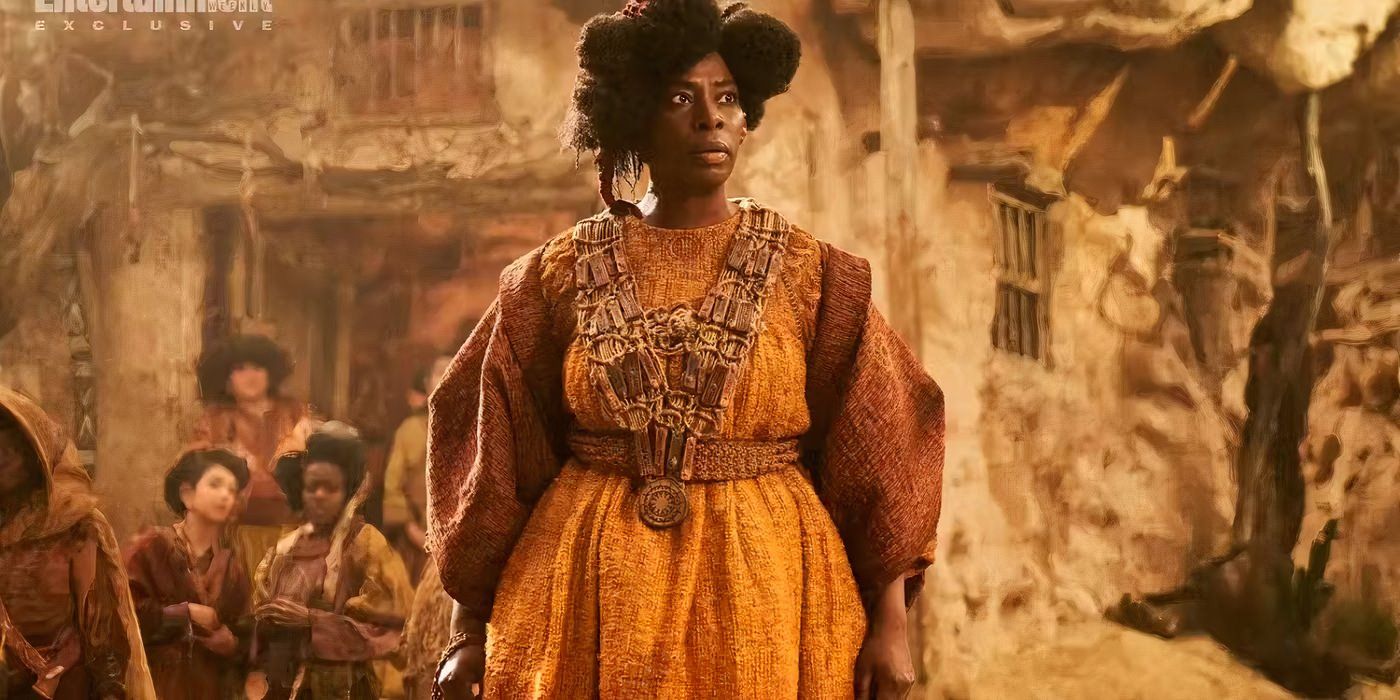
After learning the Harfoots’ trail-finder was named Sadoc Burrows, Gundabel tells Nori that the Stoors were once led by a man named Rorimas Burrows. Showing Nori carvings on a wall, she explains that Rorimas dreamed of a place “with endless streams of cold water and rolling hills so soft a family could dig a hole and live in it in less than a month.” Although the Stoors refer to this location as the Sûzat, the latter description makes it clear that Sadoc’s ancestor was dreaming of the Shire. But although Rorimas set out in search of this magical place, he never returned.
It’s likely that Rorimas and his caravan became the Harfoots, with Sadoc being a descendant of the Stoors Hobbits. But as Gundabel realizes during her conversation with Nori, the Harfoots never found the home Rorimas dreamed about. Instead, they became nomadic, constantly searching for a place to call their own. Despite Gundabel’s hopes, the Harfoots are still on the move in The Rings of Power season 2. But her conversation with Nori reveals the likely manner in which the Hobbits’ ancestors will come together to form the Shire.
The Rings Of Power Also Explains How All Hobbit Races Join Together
The Harfoots Will Likely Return To Fetch The Stoors & Fallohides
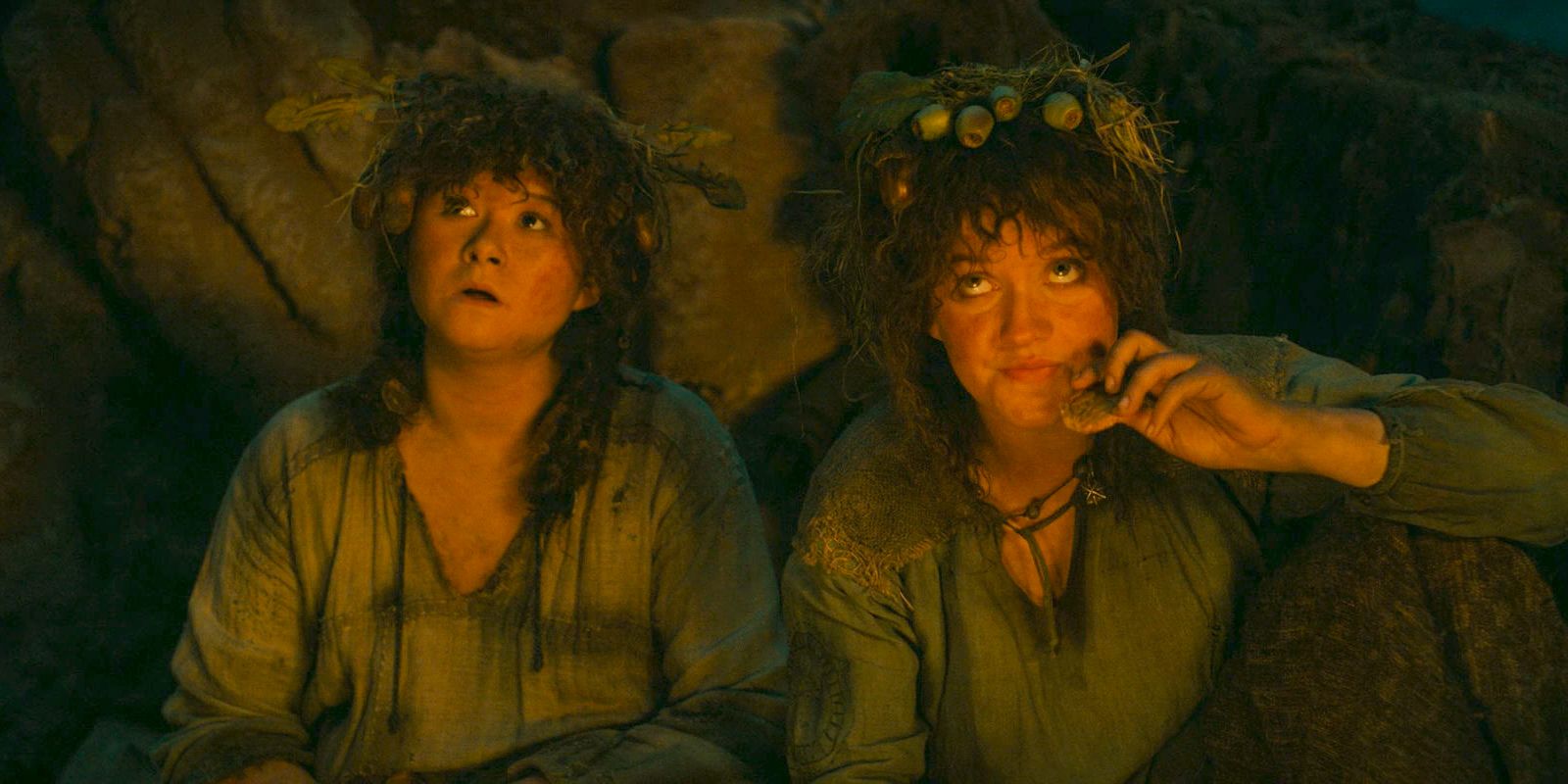

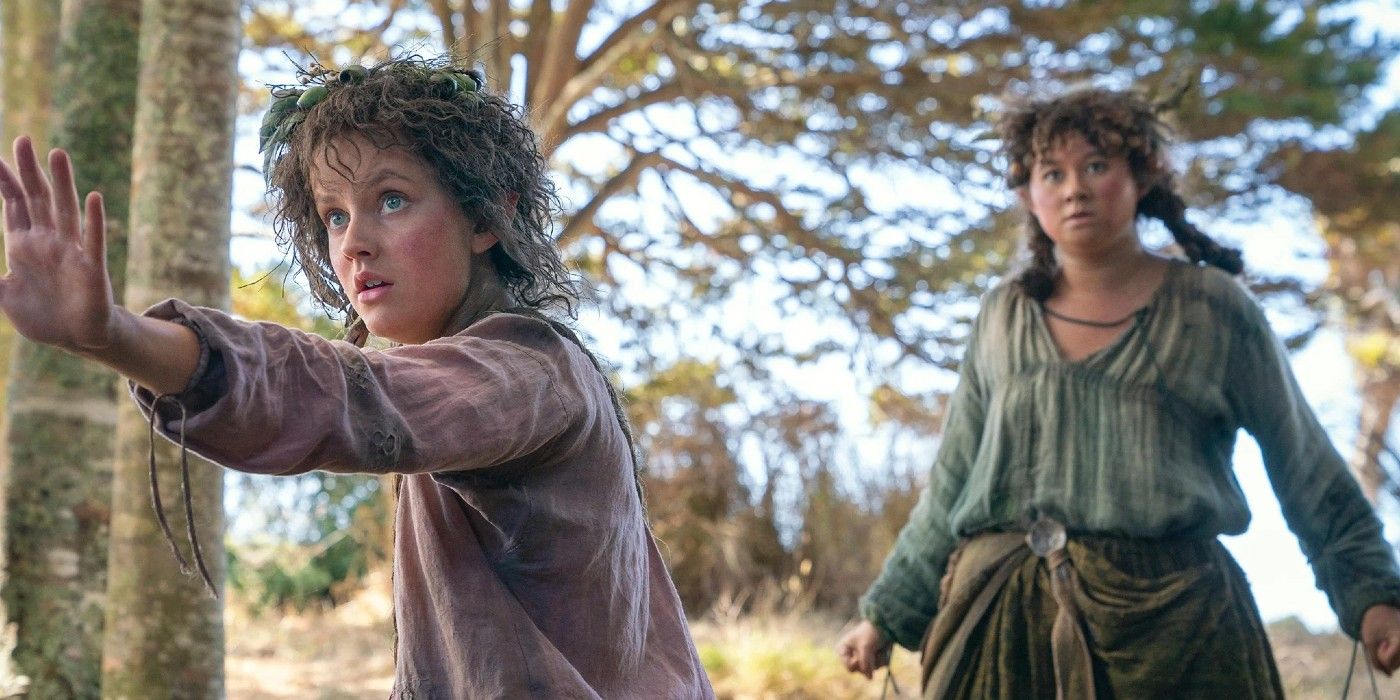
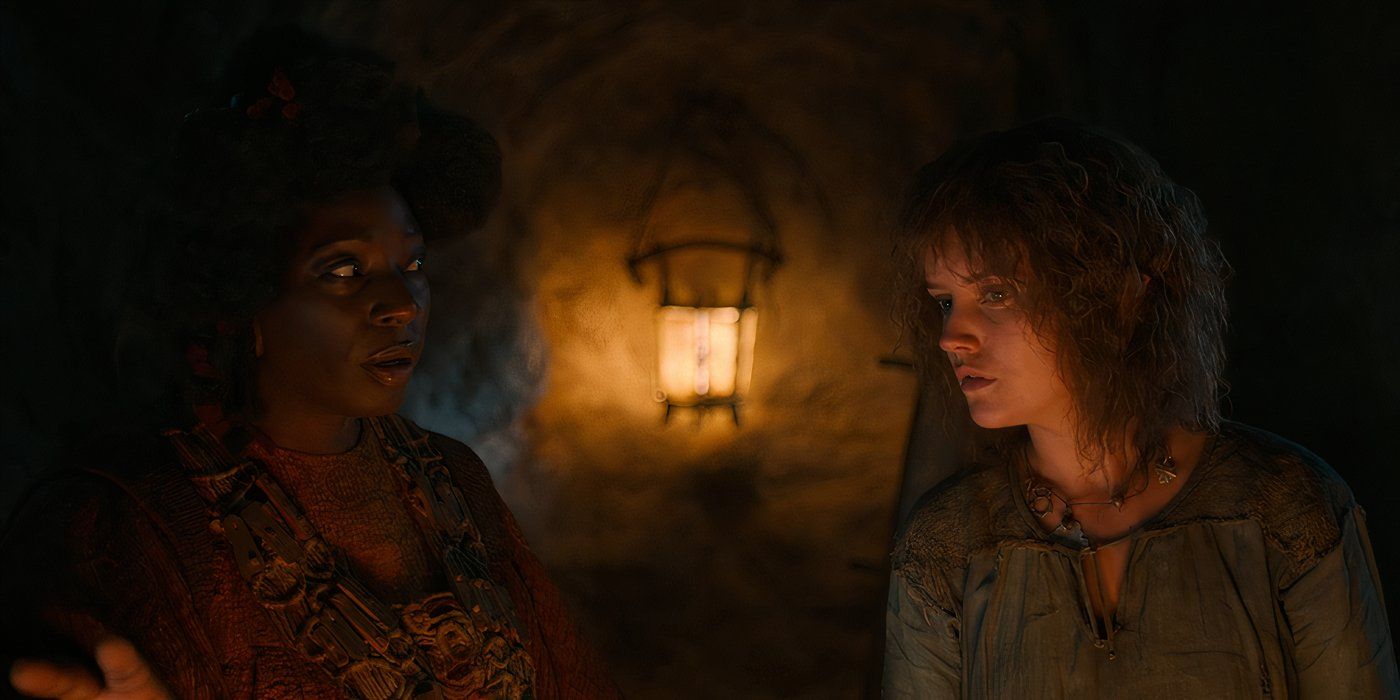
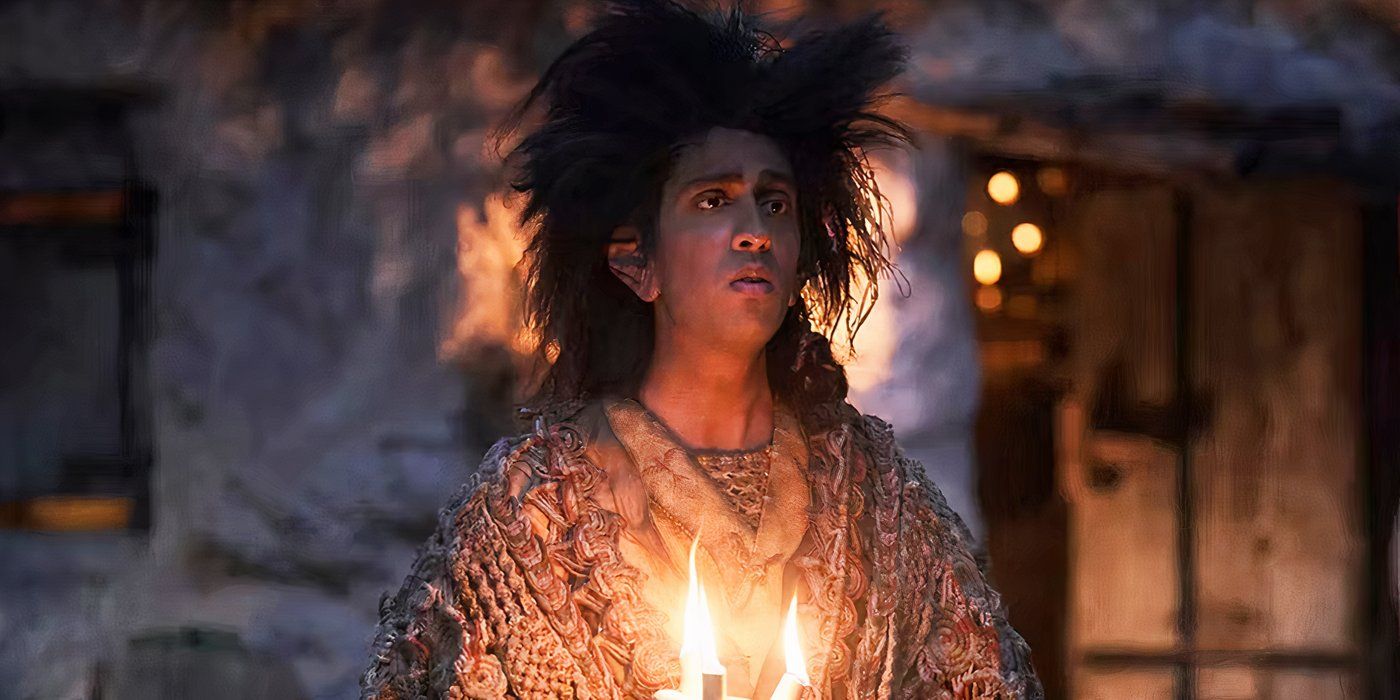





Gundabel tells Nori that Romiras was supposed to return and rally the Stoors after finding the Sûzat, and she seems hopeful that Nori and Poppy have come to fulfill his promise. Although the two of them are on a different journey in The Rings of Power season 2, Gundabel’s words likely reveal how the three groups of Hobbit ancestors will come together in the Amazon series. It’s unclear whether Nori and Poppy will discover the Shire or if their fellow Harfoots will come upon the land instead. Whoever does will likely be the catalyst for the Hobbits joining together.
Now that Nori knows about Romiras’ promise to the Stoors, she’s likely to ensure the Harfoots inform them when they reach the hills that become the Shire.
Now that Nori knows about Romiras’ promise to the Stoors, she’s likely to ensure the Harfoots inform them when they reach the hills that become the Shire. The Harfoots will probably fetch the Fallohides as well, bringing them all together in an idyllic setting. Alternatively, the Stoors and Fallohides could join the Harfoots on their search for the location in Romiras’ dream. The first scenario seems more likely, however, especially with The Rings of Power season 2 setting it up.
Will The Shire Appear In The Rings Of Power’s Final Season?
Some Version Of It Will Likely Make An Appearance
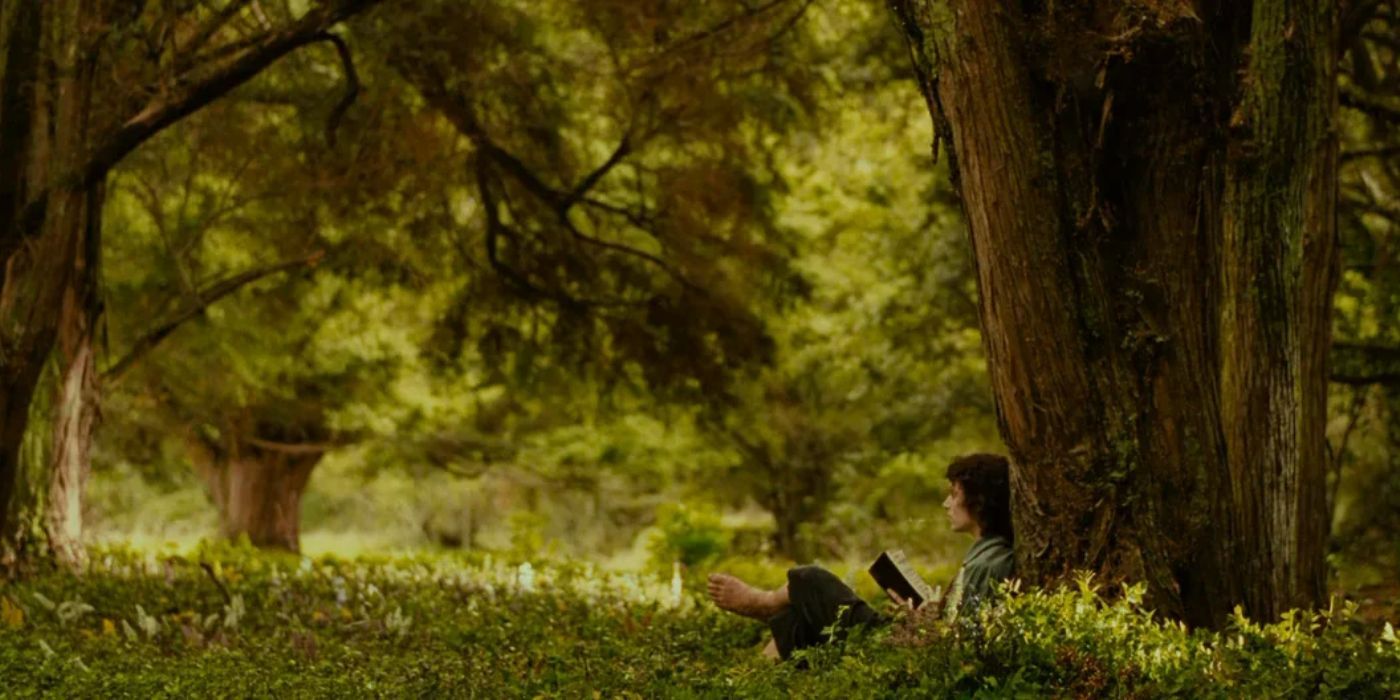
With The Rings of Power introducing both Harfoots and Stoors — and likely the Fallohides at some point in the future — the series is poised to show the Shire during its final season. Although the Shire isn’t officially founded until the Third Age of Middle-earth, the Hobbits’ ancestors can discover it at the very end of The Rings of Power. This will set the stage for what comes after, and it will bring the Harfoots’ storyline to a satisfying close. Even without The Rings of Power connecting directly to the Lord of the Rings movies, it can set up what’s to come in the Third Age.
It’s also possible that The Rings of Power will venture into the Third Age a bit, as there’s no telling precisely where the Amazon series will end. It will have to show Sauron’s defeat during the Battle of Dagorlad, which is near the end of the Second Age in Tolkien’s lore. If the writers want to depict the aftermath of this period, they can easily feature the beginning of the Third Age, too. Doing so would allow them to drop in Easter eggs for diehard Tolkien fans, even if the series can never deliver on those story threads.
The Rings of Power doesn’t actually need to dig into the Third Age, however, to make its Hobbit story worthwhile. Just getting a deeper explanation for this piece of Middle-earth lore justifies the Harfoots’ storyline. It may be among the Amazon series’ most divisive additions, but it finally answers questions that are 87 years old and date back to The Hobbit.




